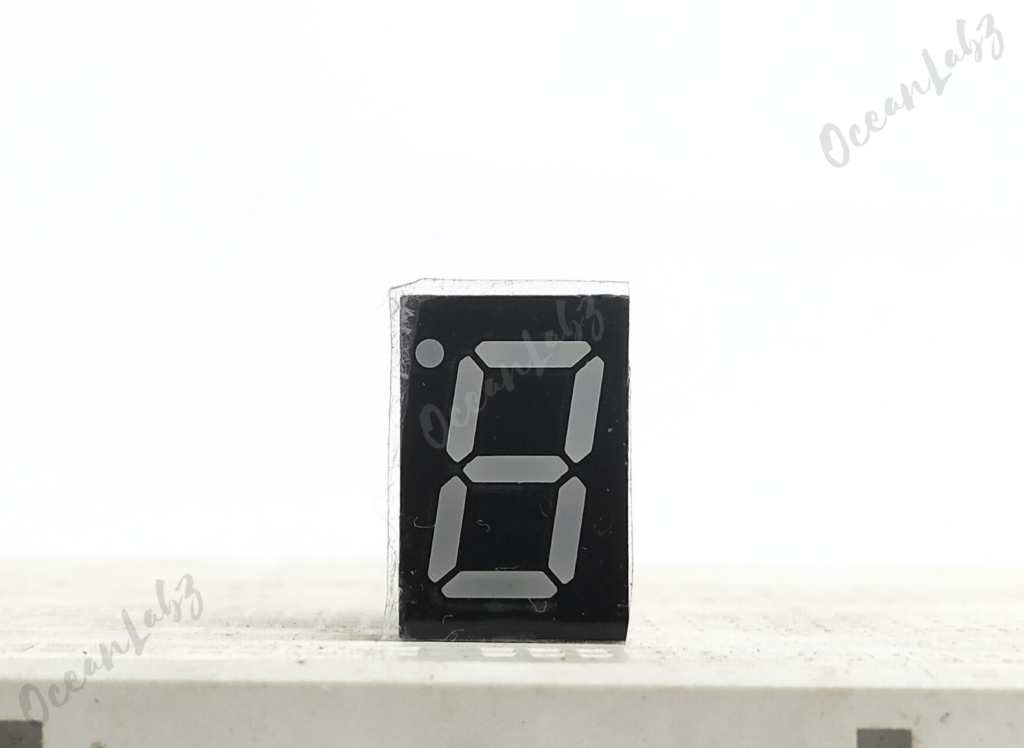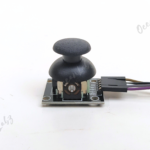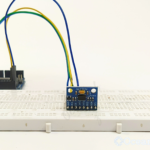Index

Introduction
A 7-segment display is used to show numeric digits using 7 LEDs (segments) labeled a–g.
Each segment lights up individually to form numbers from 0 to 9.
It comes in Common Cathode or Common Anode types.
Today, we’ll learn to connect and control a 1-digit 7-segment display with Arduino Uno.
Required Components
- Arduino UNO
- 7 Segment Display
- 220 Ohm Resistor (8 Pcs)
- Jumper wires
- Breadboard
Pinout

Circuit Diagram / Wiring
- Segment (a) → Arduino 2
- Segment (b) → Arduino 3
- Segment (c) → Arduino 4
- Segment (d) → Arduino 5
- Segment (e) → Arduino 6
- Segment (f) → Arduino 7
- Segment (g) → Arduino 8
- Segment (DP) → Arduino 9
- Segment (GND) → Arduino GND
- Use 220Ω resistors between each segment pin and the Arduino to limit current.

Arduino Code / Programming
int segments[] = {2, 3, 4, 5, 6, 7, 8};
byte digits[10][7] = {
{1,1,1,1,1,1,0}, // 0
{0,1,1,0,0,0,0}, // 1
{1,1,0,1,1,0,1}, // 2
{1,1,1,1,0,0,1}, // 3
{0,1,1,0,0,1,1}, // 4
{1,0,1,1,0,1,1}, // 5
{1,0,1,1,1,1,1}, // 6
{1,1,1,0,0,0,0}, // 7
{1,1,1,1,1,1,1}, // 8
{1,1,1,1,0,1,1} // 9
};
void setup() {
for (int i = 0; i < 7; i++) {
pinMode(segments[i], OUTPUT);
}
}
void loop() {
for (int num = 0; num <= 9; num++) {
for (int i = 0; i < 7; i++) {
digitalWrite(segments[i], digits[num][i]);
}
delay(1000);
}
}
Explanation
- The
segments[]array stores Arduino pin connections to each segment. - The
digits[][]array defines segment states for numbers 0–9. loop()cycles through 0–9 and lights the segments accordingly.
Troubleshooting
- If the number doesn’t show correctly, check segment-to-pin connections.
- Use a multimeter to verify whether your display is common cathode or anode.
- Dim display? Ensure you’re not drawing too much current from Arduino.


